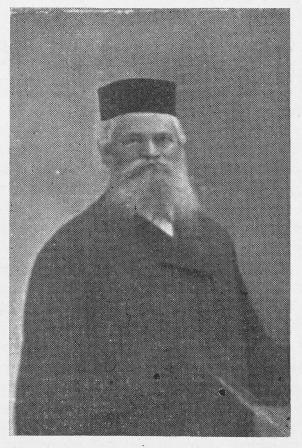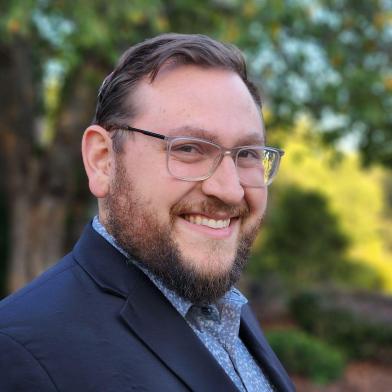David Nowakowsky was born in Malin, Russia near Kiev. Nowakowsky left home at an early age and moved to Berditchev where he was recruited as a choirboy for the local choral Synagogue. While in Berditchev, Nowakowsky learned harmony and counterpoint and studied the cantorial tradition from noted cantors Yeruham Hokoton and hazzan Spitzberg. In 1869 he was offered a position as choirmaster and as assistant to hazzan Nissan Blumenthal at the Brody Synagogue in Odessa. Nowakowsky was deeply influenced by Blumenthal’s heavy use of the Germanic idiom, and by his adaptations of German classics for the synagogue service. Nowakowky’s experience conducting the choir at the Brody Synagogue taught him a great deal about vocal arrangement and choral composition. As a side project, Nowakowsky organized and produced many successful public concerts comprised of his own liturgical and paraliturgical music, with instrumental accompaniment. As a result of this project, Nowakowsky’s compositional style changed; he began infusing cantorial motives and gestures into his polyphonic works—a unique approach that would come to typify his later compositions.
In 1859, Pinhas Minkowski succeeded Blumenthal as the chief cantor of the Brody Synagogue. Minkowsky, unlike Blumenthal, was very supportive of Nowakowsky’s emerging style, and began to showcase his compositions in the service. Aside from his work at the Brody Synagogue, Nowakowsky also taught music at several local music schools, later becoming a professor of music theory and harmony at the People’s Conservatory of Odessa.
Odessa was one of the great centers of the Haskalah Movement, and as such, David Nowakowsky was part of an influential circle of Jewish intellectuals including Saul Tchernikovsky, Chaim Nachman Bialik, Mendele Mocher Sefarim, Ahad Ha’am, Leon Pinsker, and Sholem Aleichem. In the late 19th century, he became involved in the “Odessa Committee,” a political group of intellectuals who supported Herzl’s Zionist movement. Due to his involvement with this group, Nowakowsky was commissioned to compose the music for Nafatli Herz Imber’s poem Tikvateinu for the Fifth Zionist Conference. His musical arrangment of the poem was later replaced by a popular folk tune, which is the melody for the National Israeli Anthem, 'Hatikvah,' as we know it today.
Two volumes of Nowakowsky’s work were published in his lifetime under the title Shirei David; one which included original music for Shabbat Eve and the other for the concluding service Neilah on Yom Kippur. He left behind hundreds of other compositions in manuscript form, which continue to be used by many hazzanim and choirmasters.





